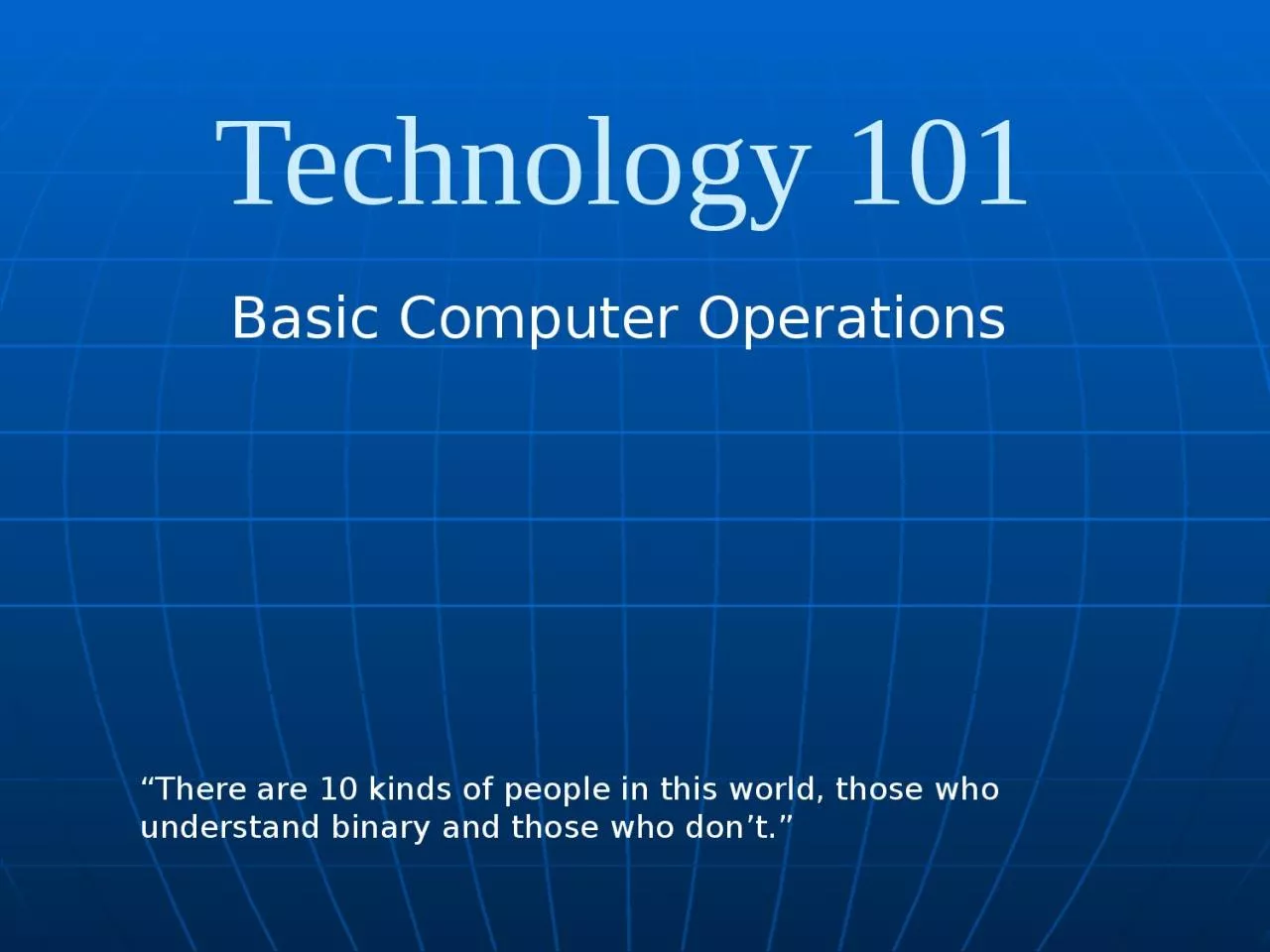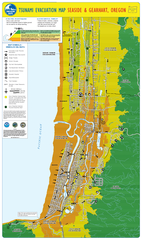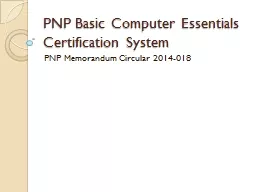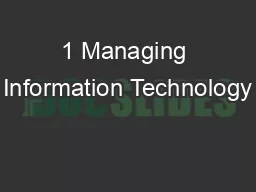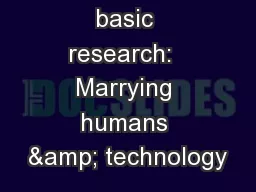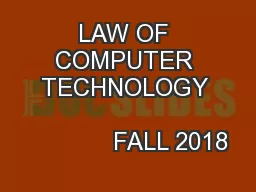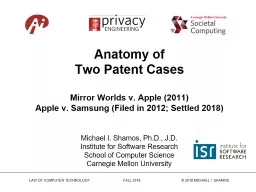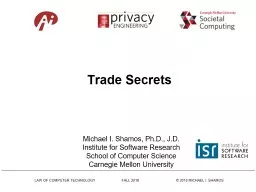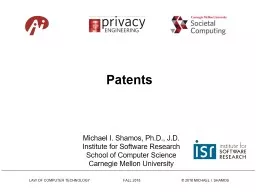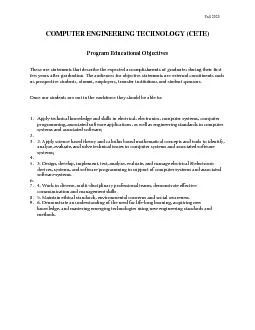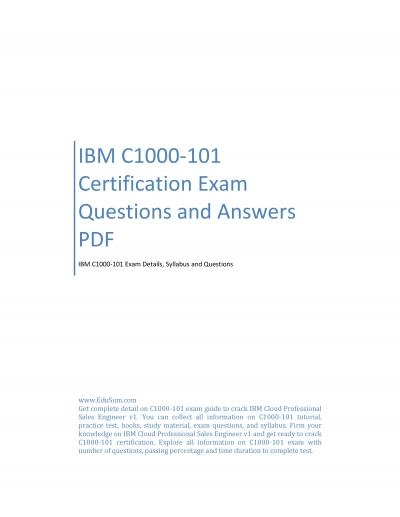PPT-Technology 101 Basic Computer
Author : cecilia | Published Date : 2023-11-09
Operations There are 10 kinds of people in this world those who understand binary and those who dont What is a Computer dictionary Computer A device that computes
Presentation Embed Code
Download Presentation
Download Presentation The PPT/PDF document "Technology 101 Basic Computer" is the property of its rightful owner. Permission is granted to download and print the materials on this website for personal, non-commercial use only, and to display it on your personal computer provided you do not modify the materials and that you retain all copyright notices contained in the materials. By downloading content from our website, you accept the terms of this agreement.
Technology 101 Basic Computer: Transcript
Download Rules Of Document
"Technology 101 Basic Computer"The content belongs to its owner. You may download and print it for personal use, without modification, and keep all copyright notices. By downloading, you agree to these terms.
Related Documents

